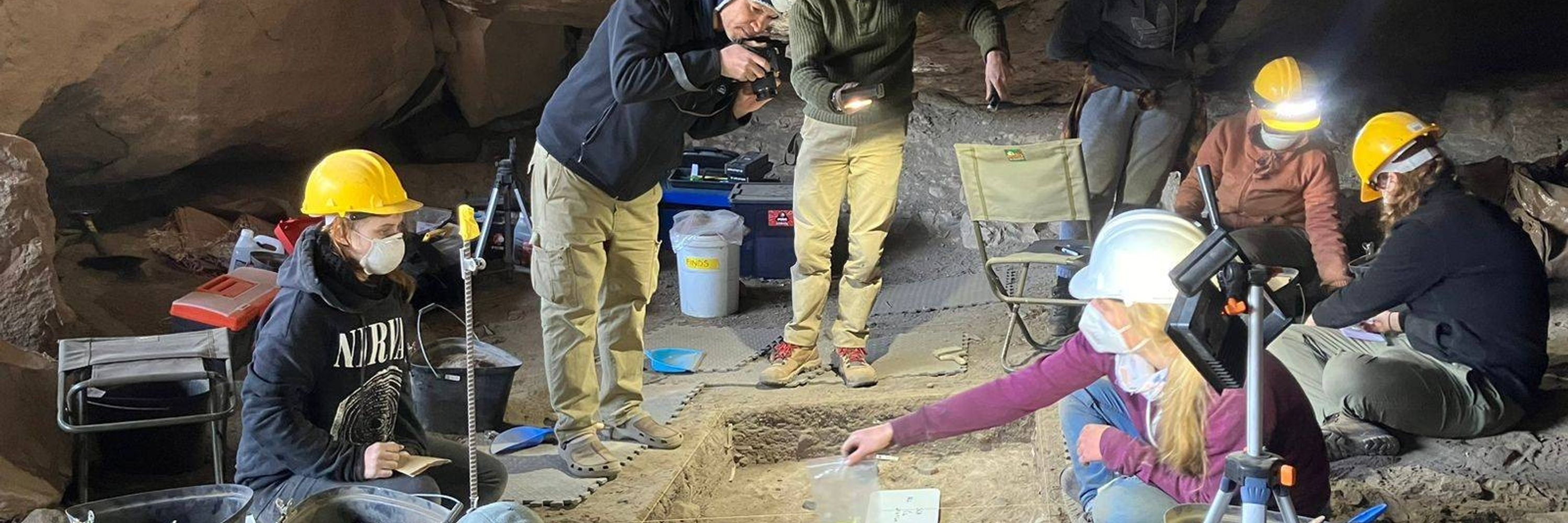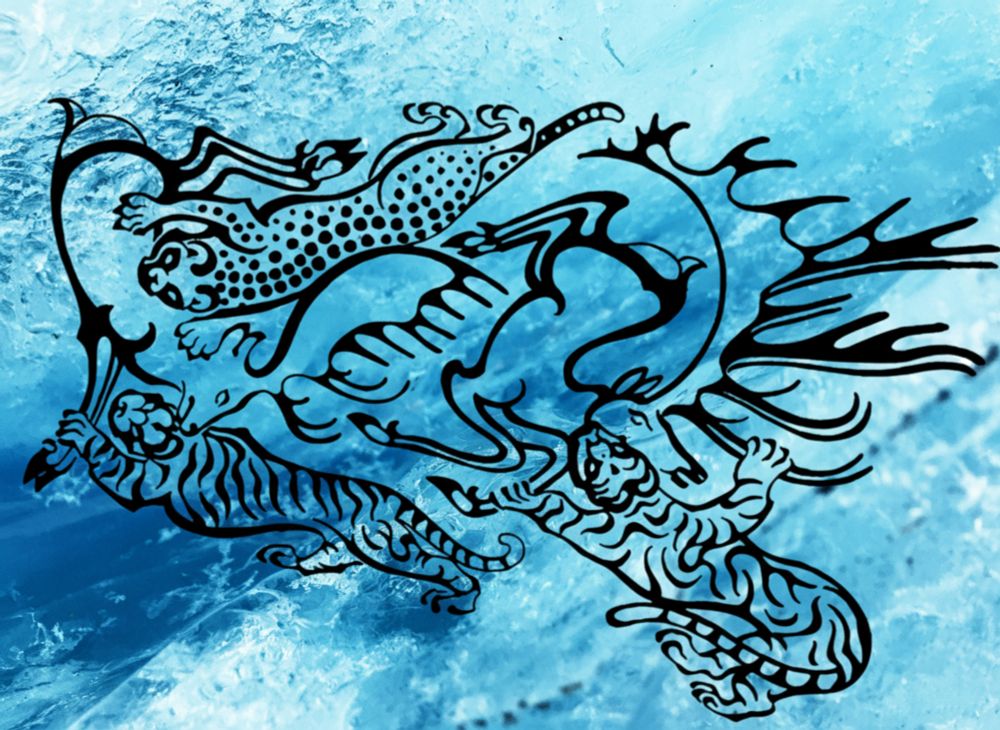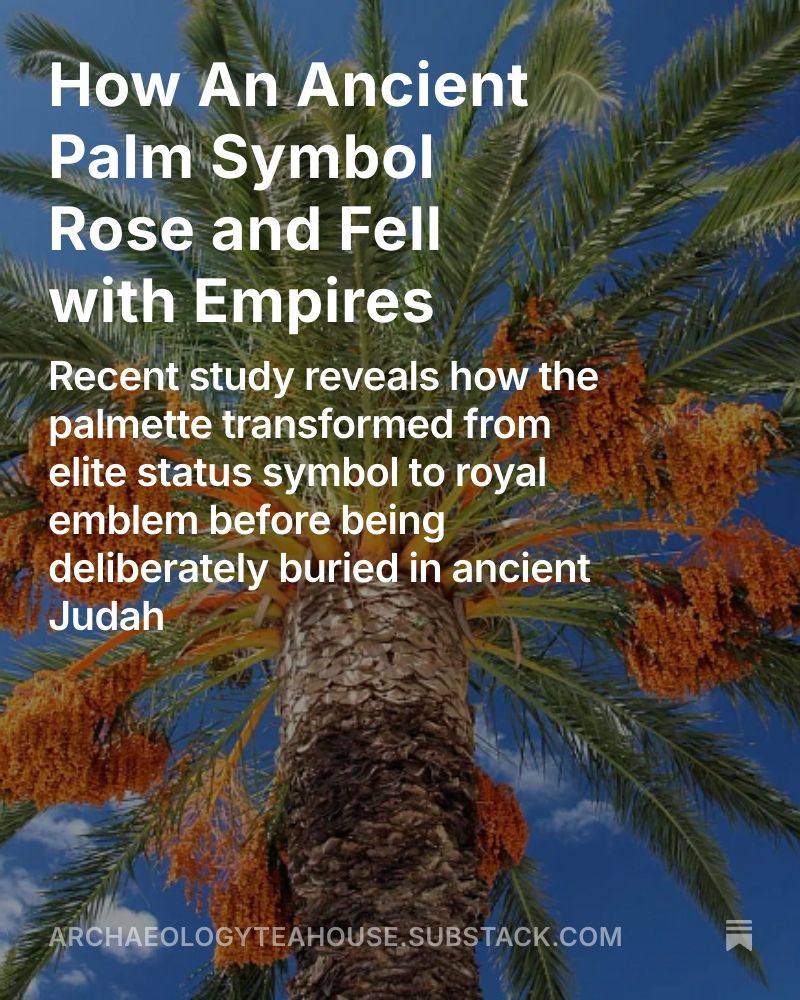
SandeeOster
@sandeeoster.bsky.social
140 followers
240 following
110 posts
I am an archaeologist who loves pondering the enigmas of bygone eras and sharing brand-new archaeological discoveries
Posts
Media
Videos
Starter Packs


























